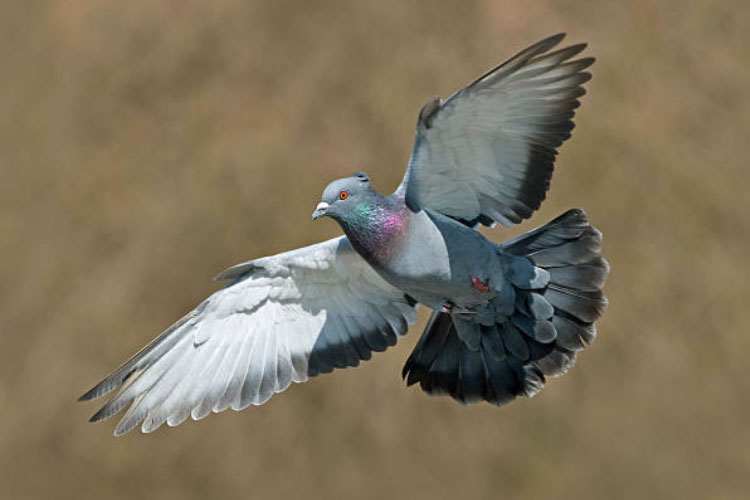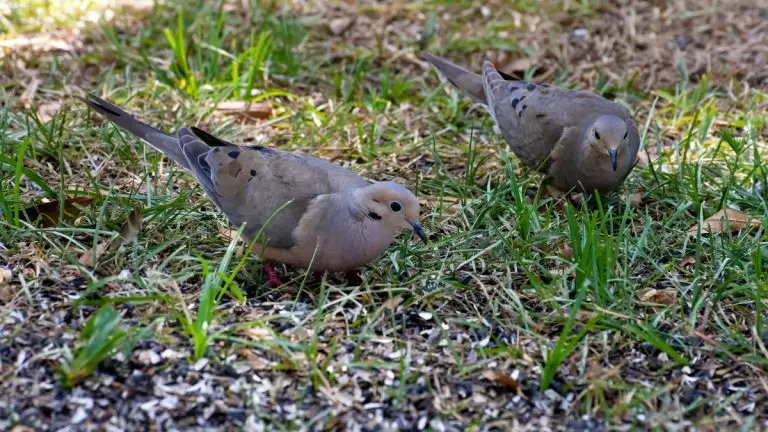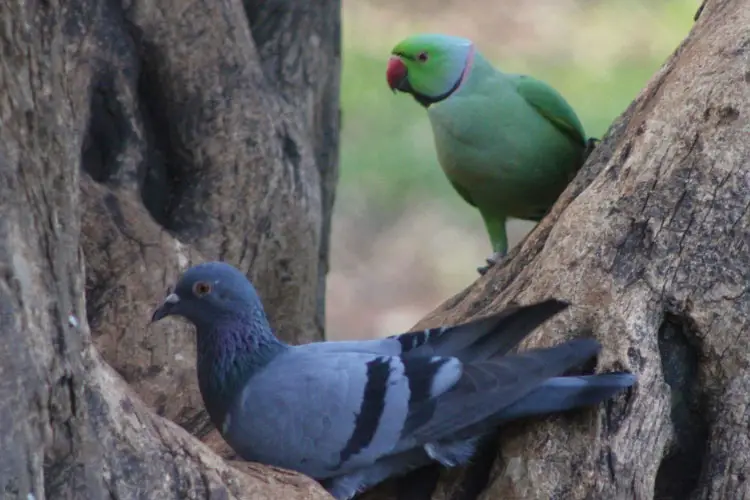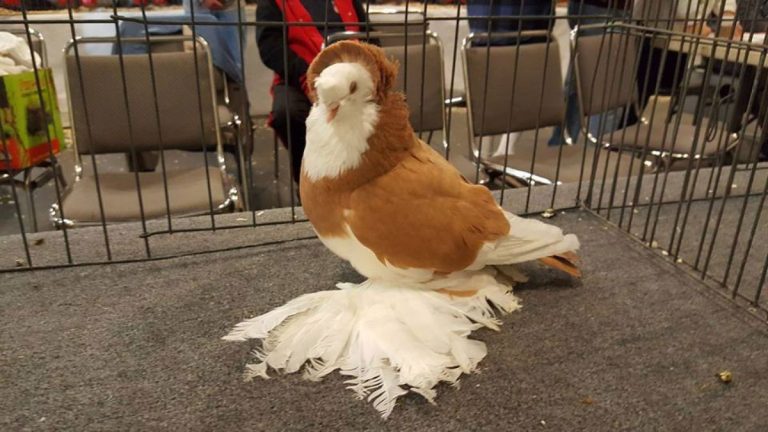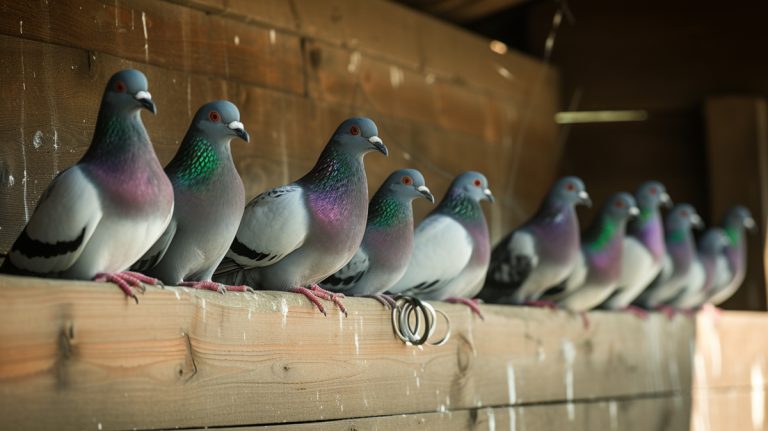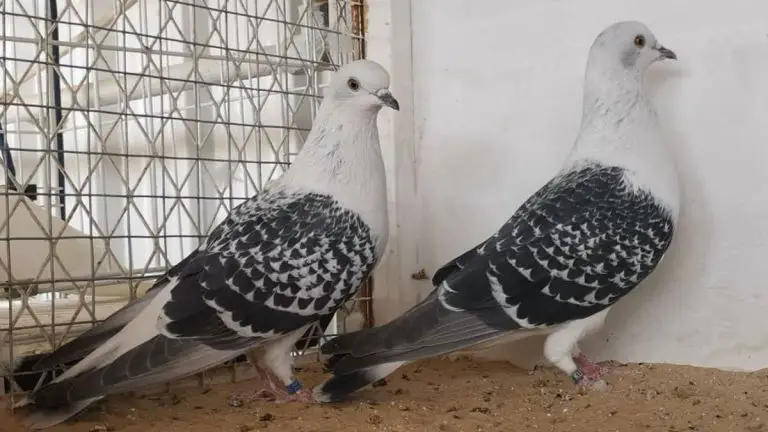The Enduring Role of Spy Pigeons: Espionage to Security and Conservation
Welcome to my article on the fascinating world of spy pigeons. You may be surprised to learn that these seemingly innocent birds have played a crucial role in espionage throughout history. From carrying secret messages to capturing aerial photographs, spy pigeons have proven to be invaluable assets in intelligence operations. In this article, I’ll delve into the history, training, and remarkable capabilities of these feathered spies, shedding light on their hidden role in the world of espionage.
When we think of spies, we often envision sleek gadgets and covert operatives. However, the use of animals in espionage is not a new concept. Spy pigeons, also known as homing pigeons, have been utilized for centuries due to their remarkable ability to navigate over long distances and return home safely. These birds have been employed in various conflicts and wars, serving as reliable messengers and even carrying miniature cameras to gather vital information. Join me as we uncover the secrets behind these extraordinary avian agents and explore their contributions to the world of intelligence gathering.
History of Spy Pigeons
Throughout history, spy pigeons have played a fascinating role in the world of espionage. These remarkable birds have been tasked with carrying secret messages and capturing aerial photographs, making them indispensable tools for intelligence gathering. Allow me to delve into the intriguing history of spy pigeons and their contributions to the realm of espionage.
Dating back centuries, the use of animals in espionage is not a new concept. However, spy pigeons have consistently proven to be reliable and effective agents due to their innate abilities. These birds possess an exceptional navigational system that allows them to find their way back home from even the most remote locations. This inherent homing instinct made them the ideal choice for carrying important messages across vast distances.

One of the earliest documented cases of using pigeons for espionage dates back to Ancient Egypt. It is said that pharaohs utilized these feathered agents to relay information between cities. This practice continued throughout history, particularly during wars and conflicts.
During World War I, spy pigeons were extensively used by various nations. The pigeons were equipped with tiny cameras attached to their bodies, enabling them to capture aerial photographs of enemy territory. These photographs provided valuable intelligence for military commanders and assisted in planning strategic operations.
In World War II, spy pigeons continued to be vital assets for espionage. One notable example is the British intelligence agency, MI6, which operated a top-secret pigeon service called “Pigeon Section.” These highly trained pigeons were deployed behind enemy lines, carrying vital messages that were crucial to the success of covert operations.
In the modern era, advancements in technology have reduced the reliance on spy pigeons. However, their legacy and contributions to intelligence gathering cannot be dismissed. These remarkable birds have played a significant role in shaping the course of history through their invaluable service.
From their use in ancient Egypt to their integral role in both World Wars, spy pigeons have demonstrated their capabilities as reliable and efficient agents. Their ability to navigate long distances and their unwavering commitment to their mission make them a truly remarkable species.
Join me as we further explore the secrets behind these fascinating avian agents and their astonishing contributions to the world of espionage.
Training Spy Pigeons
Training spy pigeons is a fascinating process that requires patience, skill, and dedication. In this section, I’ll delve into the steps involved in training these amazing birds to carry out their covert missions.
Step 1: Imprinting
The first step in training spy pigeons is imprinting. I’ll carefully raise the pigeons from a very young age, ensuring they become familiar with my presence and voice. This process helps establish a strong bond between the pigeons and me, making it easier for them to trust and follow my instructions.
Step 2: Basic Commands
Once the bond is established, I’ll begin teaching the pigeons basic commands. These commands include “come,” “stay,” and “go,” which are essential for directing the pigeons during their missions. Through positive reinforcement and rewards, I’ll ensure that the pigeons understand and respond to these commands reliably.
Step 3: Navigation Skills
Training spy pigeons also involves teaching them navigation skills. Pigeons have a natural ability to navigate using celestial cues and the Earth’s magnetic field. I’ll expose them to different locations and gradually increase the distance from their home base. This helps them develop a keen sense of direction and the ability to find their way back home.
Step 4: Message Delivery
One of the most crucial aspects of training spy pigeons is teaching them how to carry and deliver secret messages. I’ll introduce the pigeons to miniature message containers and gradually increase their weight to simulate real missions. Through careful training and conditioning, they’ll learn to fly with the message containers attached to their legs and deliver them to the designated recipients.
Step 5: Evasion Techniques
To ensure the safety of the spy pigeons, I’ll train them in evasive maneuvers. They’ll learn how to avoid predators, detect and evade tracking devices, and fly at different altitudes to minimize the risk of detection. This training is crucial for their survival and successful completion of their missions.
Training spy pigeons is a fine art that requires expertise and a deep understanding of the birds’ capabilities. The bond formed with these intelligent creatures, coupled with careful and systematic training, allows them to become valuable assets in the world of espionage.
As we continue to explore the fascinating world of spy pigeons, let’s now turn our attention to their use in covert surveillance.
The Role of Spy Pigeons in Intelligence Operations
When it comes to intelligence operations, spy pigeons have played a significant role throughout history. These remarkable birds have been utilized for their unique abilities to carry secret messages and capture aerial photographs. Let’s explore the important role that spy pigeons have played in intelligence gathering.

- Message Delivery: Spy pigeons have been trusted messengers in covert operations. Their natural instinct of returning home makes them the perfect couriers for confidential information. By attaching small capsules to their legs or using miniature backpacks, these pigeons can transport messages securely and undetected. Their reliability and speed have made them invaluable in delivering information to the right hands.
- Aerial Surveillance: Spy pigeons have also proven their worth in aerial reconnaissance. Equipped with lightweight cameras, they can capture valuable images from above. By training pigeons to fly over specific targets or areas of interest, intelligence agencies have gained valuable insight without raising suspicion. These photographs have provided vital information on enemy locations, military installations, and other strategic assets.
- Stealth and Evasion: Unlike traditional methods of surveillance, spy pigeons offer a level of stealth that is hard to match. They can navigate through urban areas, fly over enemy lines, and remain undetected. Their small size and unassuming appearance make them inconspicuous, allowing them to gather information without drawing attention. Their natural evasive maneuvers and ability to blend in with other birds make them elusive and difficult to track.
- Reliability: One of the key reasons spy pigeons have been used for centuries is their remarkable ability to navigate long distances and return home safely. They possess an uncanny sense of direction, using landmarks, magnetic fields, and the sun’s position to find their way. Unlike technology that can be jammed or intercepted, spy pigeons are a reliable and secure method of communication.
Spy pigeons may have been overshadowed by technological advancements in recent years, but their historical contributions to intelligence operations are undeniable. Their role in message delivery, aerial surveillance, stealth, and reliability have made them reliable assets in the world of espionage.
By understanding the role spy pigeons have played and continue to play in intelligence operations, we can appreciate the undeniable value they bring to the field of espionage. These birds have proven their mettle time and time again, displaying skills and instincts that have served the intelligence community for centuries.
Spy Pigeons in World Wars
During the World Wars, spy pigeons played a crucial role in intelligence operations. These remarkable birds were trusted messengers, delivering vital information securely and undetected. Here’s a glimpse into their invaluable contributions during these tumultuous times:
- Message Delivery: In the chaos of war, communication was vital. Spy pigeons were trained to carry small capsules containing messages, maps, and important documents. These feathered spies flew over enemy lines, ensuring the safe and efficient delivery of crucial information.
- Aerial Surveillance: Spy pigeons also served as aerial reconnaissance agents. Equipped with lightweight aerial cameras, they captured valuable images from above, providing valuable intelligence to military commanders. This imagery allowed them to assess enemy positions, strategic locations, and potential threats.
- Stealth Operations: The stealth capabilities of spy pigeons were unparalleled. These birds were trained to fly at high altitudes, making them difficult to detect by enemy radar systems. With their noiseless flight and small size, they could go undetected while gathering essential information.
- Reliability: One of the most significant advantages of using spy pigeons was their reliability. These birds possessed a remarkable ability to navigate long distances and return home safely. Unlike electronic communication, which could be intercepted or disrupted, spy pigeons provided a secure and dependable means of transferring critical information.
Despite the advanced technology available during the World Wars, spy pigeons remained an essential part of intelligence operations. Their unique skills and inherent biological talents made them an invaluable asset on the battlefield. From delivering messages to conducting aerial surveillance, these feathered agents played a significant role in gathering intelligence.
Note: While technological advancements have decreased the reliance on spy pigeons in modern espionage, their historical significance cannot be overlooked. The contributions of these birds during the World Wars shaped the course of intelligence gathering and serve as a testament to their unwavering loyalty and invaluable capabilities.
Spy Pigeons Today
Now that we’ve explored the historical significance of spy pigeons, let’s take a closer look at their role in modern times. While technology has advanced and other methods of espionage have been developed, spy pigeons continue to hold a unique place in the world of intelligence. Here’s why:
1. Sentinels of Security: Spy pigeons have evolved to play a crucial role in security operations. They are trained to detect and track suspicious activities, keeping a watchful eye on targets through their acute vision. Their ability to quietly observe from above makes them ideal for monitoring sensitive areas without raising suspicion.
2. Precision Pollinators: In addition to their espionage duties, spy pigeons are now being harnessed to assist in environmental conservation efforts. With their keen sense of direction, they are trained to transport pollen between plants, aiding in the vital process of pollination. By utilizing their natural instincts and agility, these avian agents contribute to preserving biodiversity.
3. Data Couriers: As surprising as it may sound, spy pigeons are still utilized for delivering critical information securely. In scenarios where digital communication may be compromised, these feathered couriers can transport messages discreetly and reliably. The encrypted capsules strapped to their legs are only accessible to authorized recipients, ensuring the confidentiality of sensitive intelligence.
4. Search and Rescue Specialists: Spy pigeons are not only skilled in covert operations but are also valuable in search and rescue missions. Their exceptional navigation skills and ability to cover large distances quickly make them effective in locating missing persons or survivors in challenging terrains. Their presence lends an additional layer of support to search teams, increasing the chances of finding individuals in distress.
5. Cultural Icons: Beyond their practical applications, spy pigeons have become cultural icons, representing bravery, loyalty, and intelligence. Their legacy continues to inspire books, movies, and even artwork. Through their fascinating history and adaptability, spy pigeons have captured the imagination of people worldwide, leaving an indelible mark on popular culture.
As we can see, spy pigeons are far from being relics of the past. They remain an integral part of intelligence operations, contributing in unique and diverse ways. While advancements in technology have shaped the field of espionage, the age-old partnership between humans and birds continues to demonstrate its enduring value. Let’s now delve deeper into how these remarkable creatures are trained for their espionage missions.
Conclusion
Spy pigeons have played a remarkable role in history, and their significance continues to be felt in the modern world. From their beginnings as messengers in ancient civilizations to their use in espionage during wars, these intelligent birds have proven their worth time and time again.
In today’s society, spy pigeons have evolved to serve a variety of purposes beyond their traditional role. They are now instrumental in security operations, aiding in environmental conservation efforts, and even assisting in search and rescue missions. Their ability to deliver critical information securely and their unwavering loyalty make them invaluable partners in these endeavors.
Furthermore, spy pigeons have become cultural icons, symbolizing bravery, loyalty, and intelligence. Their partnership with humans demonstrates the enduring value of their skills and instincts.
As we move forward, it is clear that spy pigeons will remain an integral part of intelligence operations. Their remarkable abilities and unwavering dedication ensure that they will continue to make a significant impact in the world of espionage and beyond.

